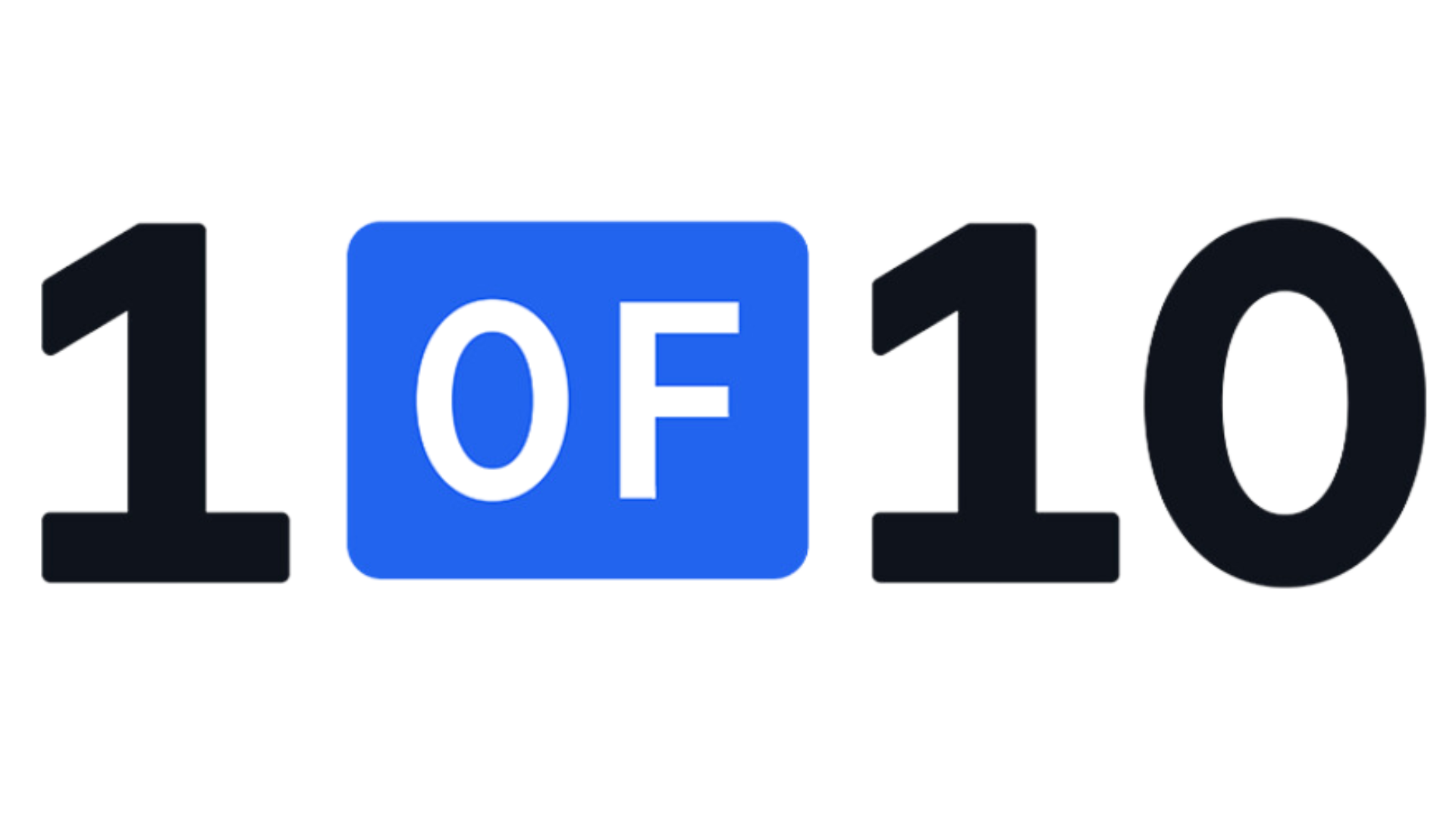How Does the YouTube Algorithm Work in 2025
You've probably wondered why specific videos dominate your YouTube feed while others never appear. The YouTube algorithm isn't just a mysterious digital force—it's a sophisticated system designed to match viewers with content they'll love. This invisible curator analyzes hundreds of signals to determine which videos deserve the spotlight and which don't. Understanding how this powerful mechanism works can transform your channel's performance and help your content reach its intended audience.
Understanding YouTube Algorithm Mechanics
The YouTube algorithm has evolved far from simple view counts. It has evolved into a sophisticated system that analyzes hundreds of signals using machine learning technology, making it a complex yet powerful tool for content creators.
You'll notice the recommendation engine weighs factors like watch time, click-through rate, and user satisfaction to determine which videos appear in feeds and suggested video sections.
Your content's performance depends heavily on how viewers interact with it—mainly how long they watch, whether they engage through comments or likes, and if they return to watch more of your videos.
Overview of YouTube Algorithm Evolution
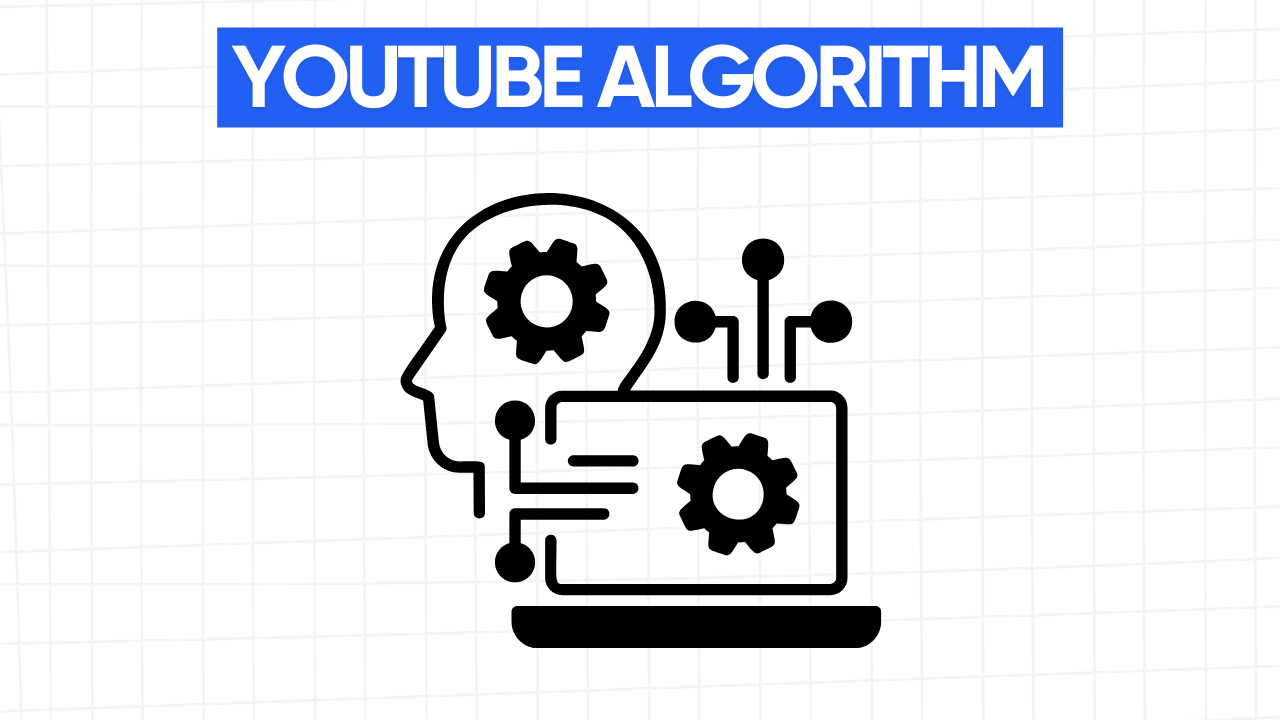
Over the years, the mechanics behind YouTube's recommendation system have evolved from simple view-based metrics to a sophisticated algorithm focused on user satisfaction and engagement. This evolution is a testament to YouTube's commitment to providing a better user experience and helping creators reach their audience.
Early versions of the YouTube algorithm prioritized total views, which led to clickbait tactics dominating search results and recommendations.
By 2012, YouTube shifted to optimize for watch time rather than views, fundamentally changing how content was ranked.
In 2016, they introduced deep learning models that analyze user behavior patterns to predict which videos would keep viewers engaged longer.
Today's algorithm weighs multiple signals including click-through rate, average view duration, and user survey responses.
The system now aims to balance what keeps you watching with what provides genuine value—moving beyond raw engagement to measure satisfaction with the content you consume.
Key Components of YouTube's Recommendation System
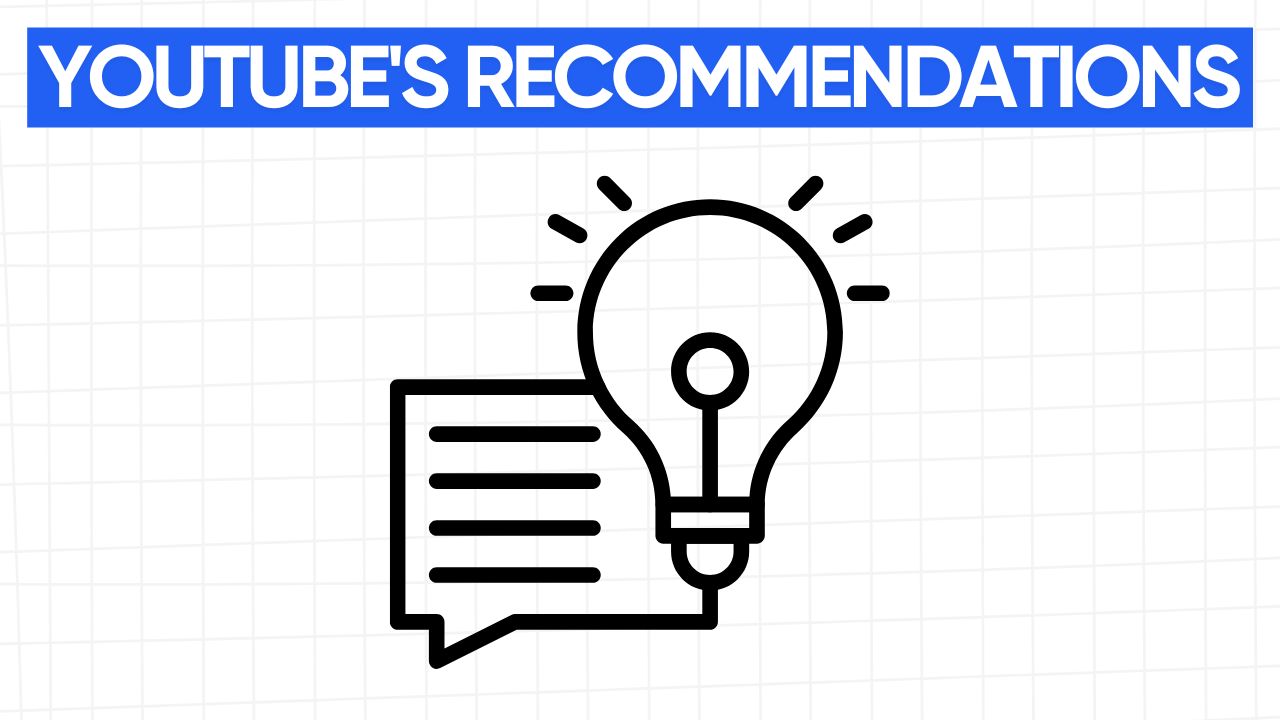
This modern YouTube algorithm operates through several interconnected systems working harmoniously to deliver personalized content. The recommendation engine analyzes your viewing history, engagement patterns, and search behavior to curate videos that maximize your watch time.
When you upload a video, the algorithm evaluates its potential appeal by comparing it to similar content that's performed well with your target audience. The system prioritizes videos that generate meaningful engagement—not just views but sustained viewer attention and interaction, which signals quality content worth recommending to others.
User Engagement Metrics and Their Impact
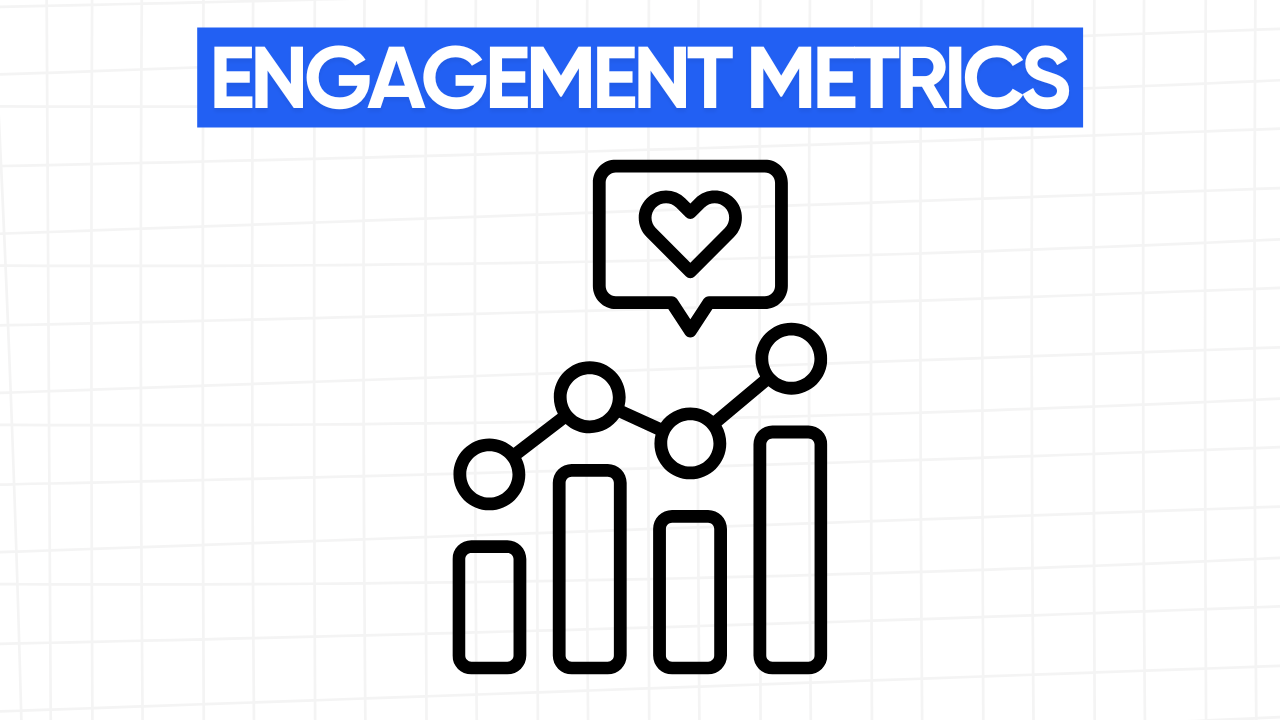
Five critical engagement metrics drive YouTube's recommendation algorithm and determine your video's reach.
Watch time ranks highest, as the algorithm prioritizes videos that keep viewers engaged longer.
Click-through rate (CTR) measures how effectively your thumbnail and title convert impressions to views.
Audience retention directly impacts your video's chances of broader distribution—the algorithm promotes content viewers watch to completion.
User interactions like comments, likes, and shares signal viewer enthusiasm to the algorithm, boosting your video's recommendation potential.
Finally, the channel subscription rate following a view indicates the value of your content to viewers.
Understanding how these engagement metrics influence the algorithm's work can help you create videos that naturally attract viewer attention and channel growth rather than chasing vanity metrics that don't drive recommendations.
Role of Watch Time in Video Ranking
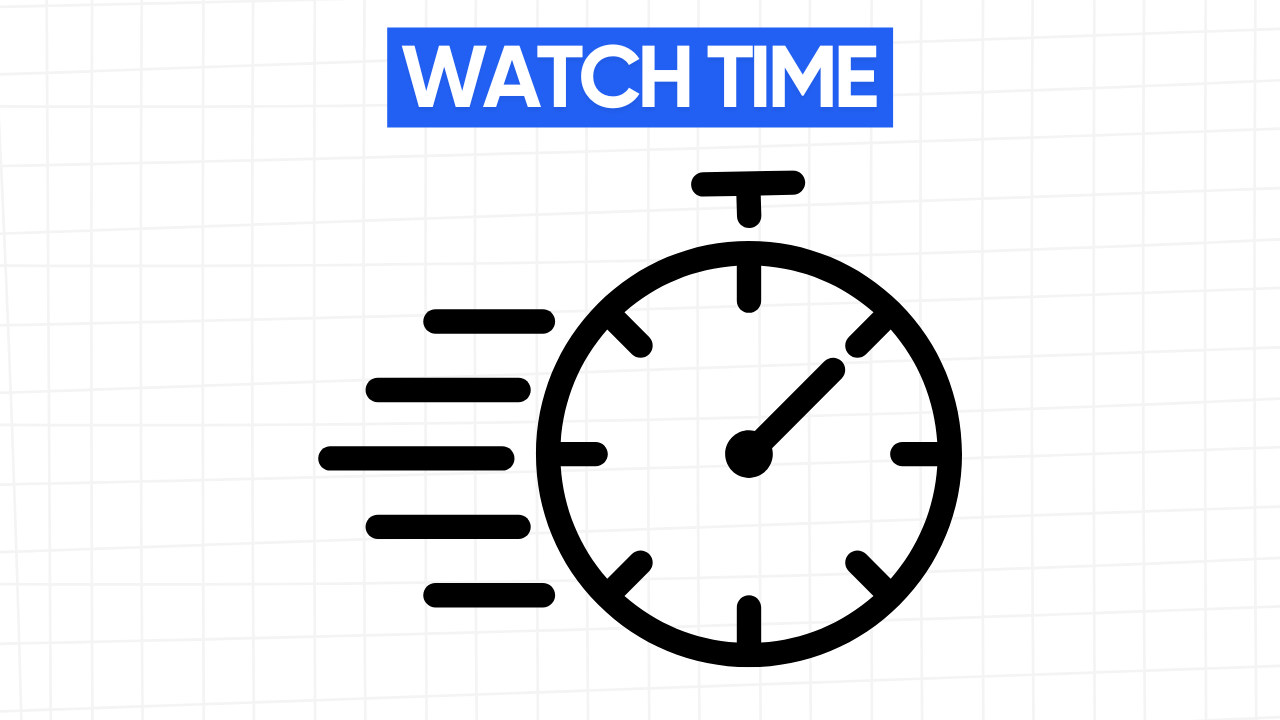
Watch time is YouTube's most powerful ranking signal, consistently outweighing other metrics in the algorithm's decision-making process. When viewers remain engaged with your content longer, the algorithm interprets this as valuable material worth promoting in search results and recommendations.
The watch time algorithm doesn't just measure total minutes viewed—it analyzes retention patterns across your entire audience. Videos that maintain consistent viewership throughout their duration signal to YouTube that you deliver on the content promise established in your title and thumbnail.
To maximize this critical metric, create compelling hooks in the first 15 seconds, structure content with strategic retention points, and study your audience retention graphs.
The algorithm rewards channels that consistently keep viewers watching, making watch time optimization essential for sustainable growth.
Machine Learning Techniques Used by YouTube
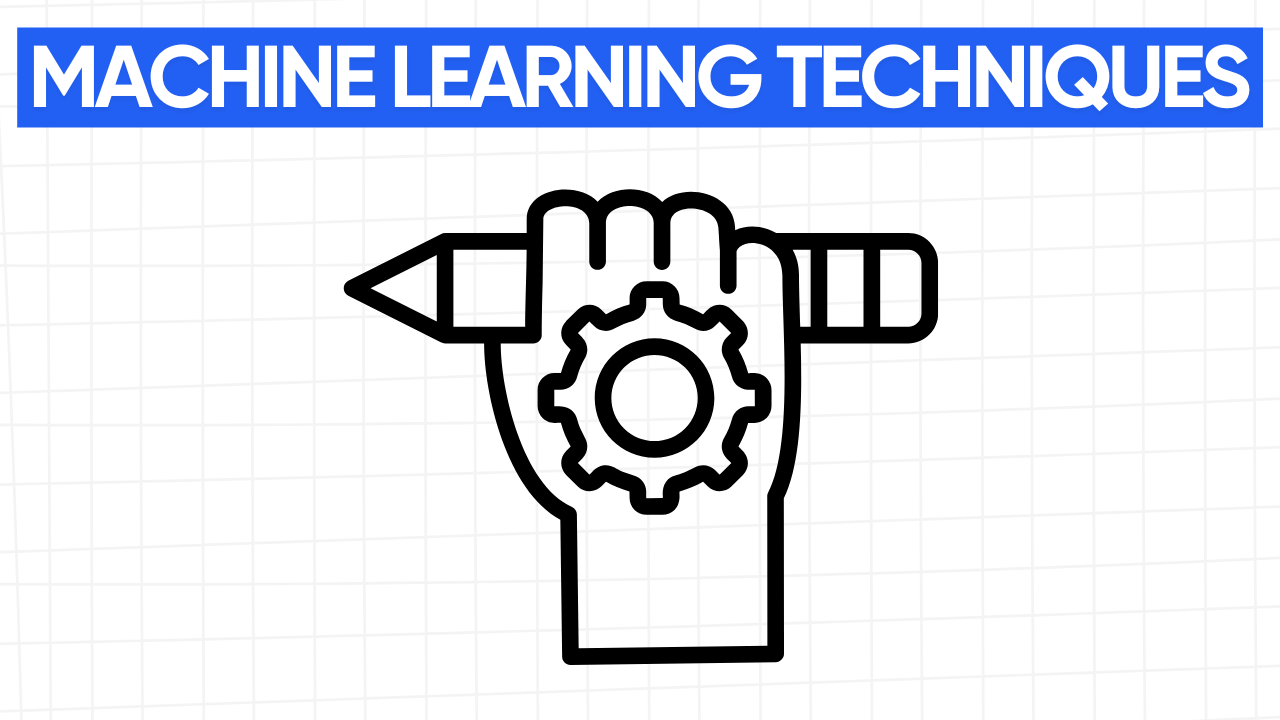
YouTube's algorithm relies on sophisticated machine learning models that are continuously evolving based on user interactions. Understanding these systems can help you optimize your content marketing strategy to align with how the YouTube algorithm works, showcasing the platform's advanced technology.
The platform processes billions of signals daily to determine which videos appear in users' feeds:
- Neural networks analyze viewing patterns to predict which content will maintain engagement.
- Collaborative filtering compares your behavior with similar users to suggest new content.
- Natural language processing examines titles, descriptions, and comments for relevance.
- Reinforcement learning algorithms adjust recommendations based on real-time social media feedback.
These techniques create a personalized experience that keeps users on the platform longer while helping creators reach their ideal audience.
The algorithm doesn't just count views—it interprets complex behavioral patterns to determine content value.
Factors Influencing Video Recommendations
Several key factors determine whether your YouTube videos get recommended to potential viewers.
User engagement metrics like watch time and click-through rate work alongside your video's metadata (titles, descriptions, and thumbnails) to signal relevance to YouTube's algorithm.
Your content's quality, viewers' interaction, and external signals such as social shares collectively influence your video's chances of appearing in recommendations. This means that your audience's engagement with your content can significantly impact its reach, making them an integral part of your channel's success.
User Engagement Metrics

User engagement metrics are at the heart of YouTube's recommendation system. They use engagement metrics, powerful signals that determine whether a video is promoted or buried, making them essential for consistently implementing high-performing video strategies.
Understanding these metrics is essential for consistently implementing outlier ideation strategies that yield high-performing videos.
YouTube prioritizes four primary engagement indicators when evaluating content:
- Watch time - Total minutes viewers spend consuming your content
- Click-through rates - Percentage of impressions converting to actual views
- Audience retention - How long viewers stay watching your specific video
- Post-view actions - Comments, likes, shares, and subscribes after watching
Video Metadata Optimization
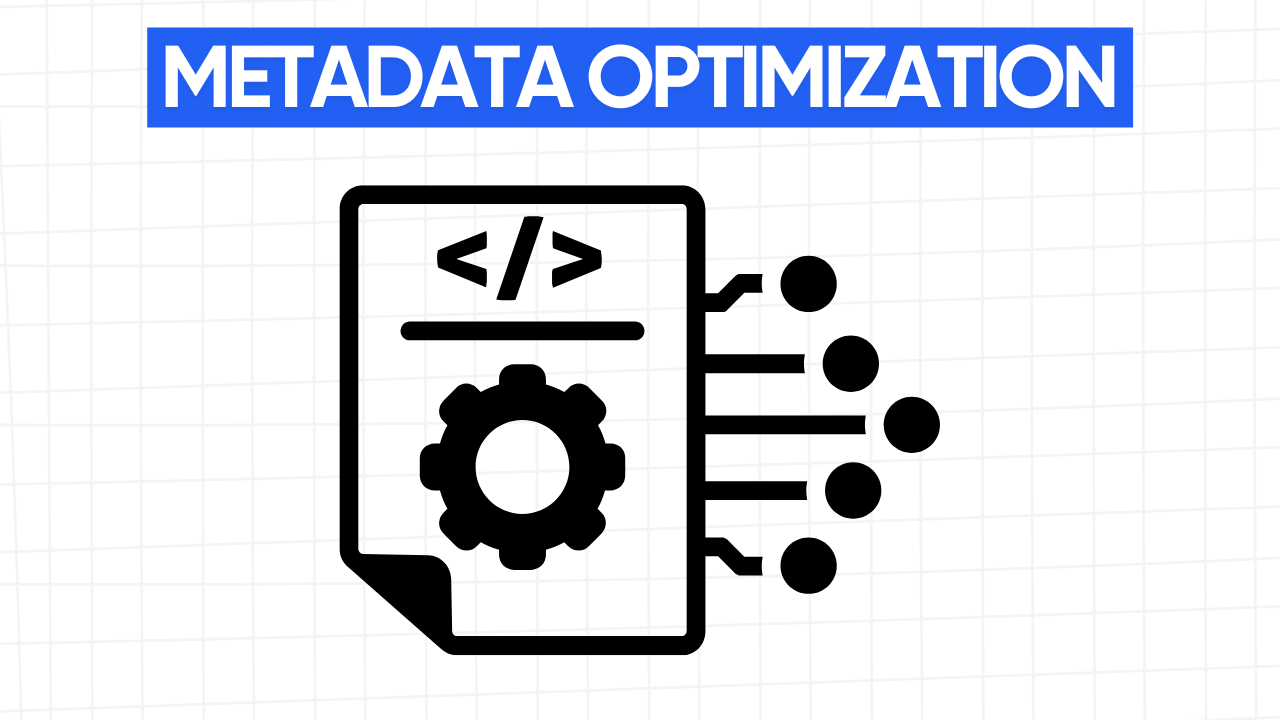
Video metadata is the critical foundation upon which YouTube builds its recommendation decisions, determining whether your content reaches its intended audience. Your title, description, and tags signal the algorithm about what your video contains, while your thumbnail drives click-through rates.
Successful creators leverage outlier ideation by studying high-performing videos in their niche to identify metadata patterns that drive views. By analyzing which titles, thumbnails, and keyword combinations consistently outperform channel averages, you'll develop a framework for metadata optimization that dramatically increases your content's discoverability.
Viewer Behavior Patterns
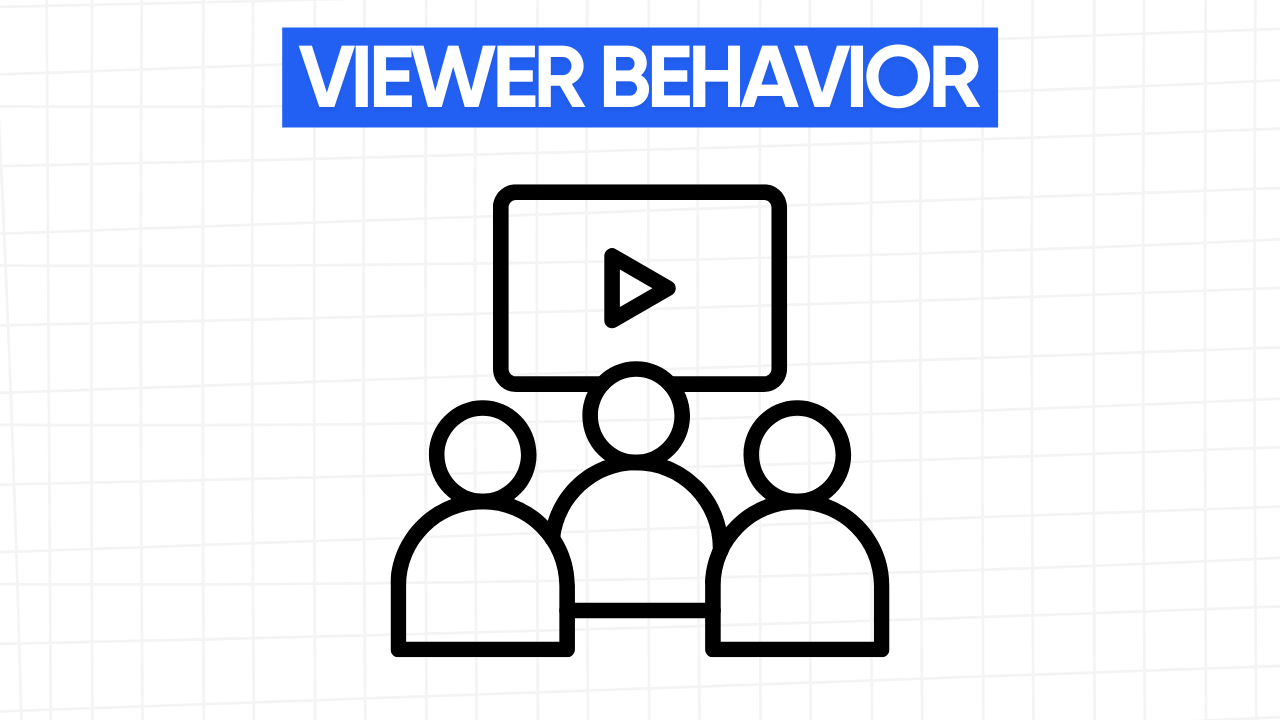
While metadata serves as the foundation of your content, viewer behavior determines how prominently the algorithm features your videos. When analyzing viewer behavior patterns, YouTube tracks numerous engagement signals influencing your video's reach and recommendation potential.
- Watch time - The algorithm prioritizes content that maintains viewer attention throughout the video.
- Engagement metrics - Comments, likes, and shares signal valuable content worthy of broader distribution.
- Click-through rate - Compelling thumbnails and viral titles dramatically impact whether users select your content.
- Session time - Videos that keep viewers on the platform longer receive algorithmic preference.
Understanding these patterns allows you to engineer video concepts that align with audience preferences. Unlike other social media platforms, YouTube rewards depth of engagement over superficial metrics, making viewer retention your most powerful algorithmic ally.
Content Relevance and Quality
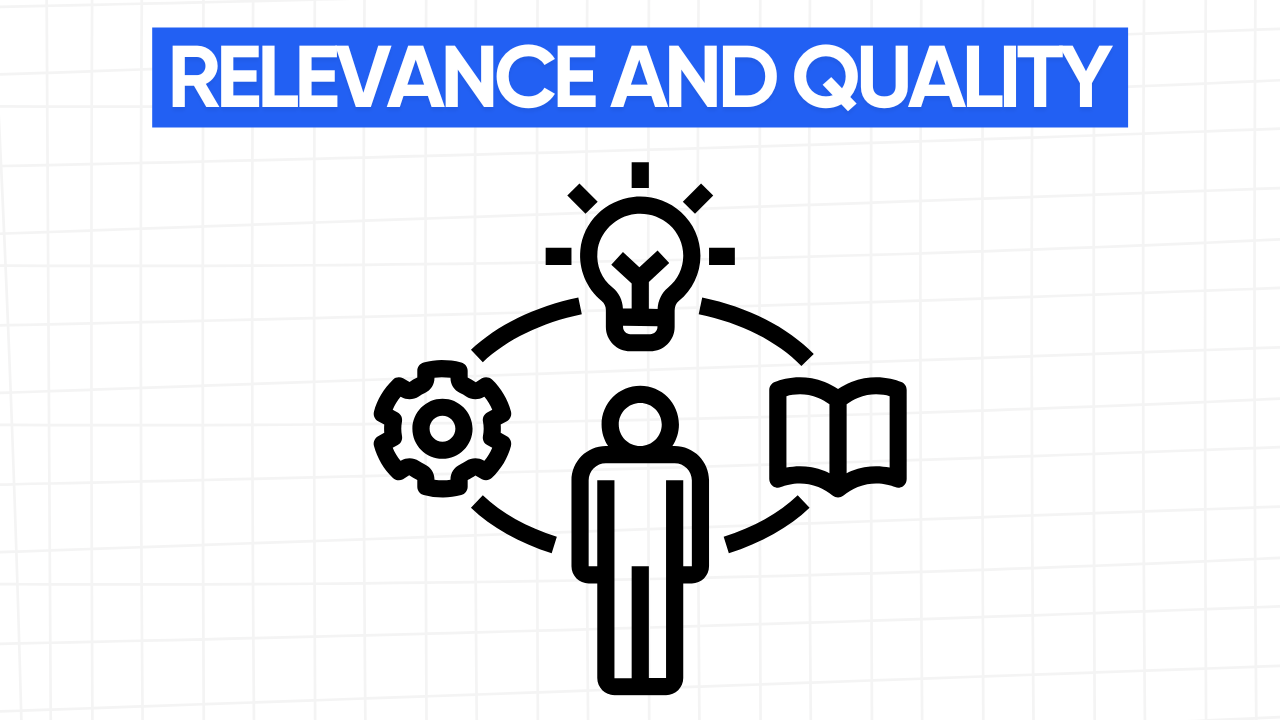
Beyond raw engagement metrics, YouTube's algorithm heavily weighs content relevance and quality when determining which videos to recommend. The system analyzes your video's context, including titles, descriptions, and content to match viewers with relevant material.
Quality signals come from how users interact with your content. Videos notably outperforming channel averages—what creators call "outlier" videos—receive preferential treatment in the recommendation system. This outlier ideation approach helps creators identify successful content patterns.
Your titles play an essential role in relevance scoring. Properly optimized titles that accurately reflect content while maintaining viewer interest directly impact view counts.
The algorithm rewards videos that deliver on promised content and keep viewers engaged. Creating relevant, high-quality content consistently signals to YouTube that your channel deserves broader distribution.
Social Sharing and External Links
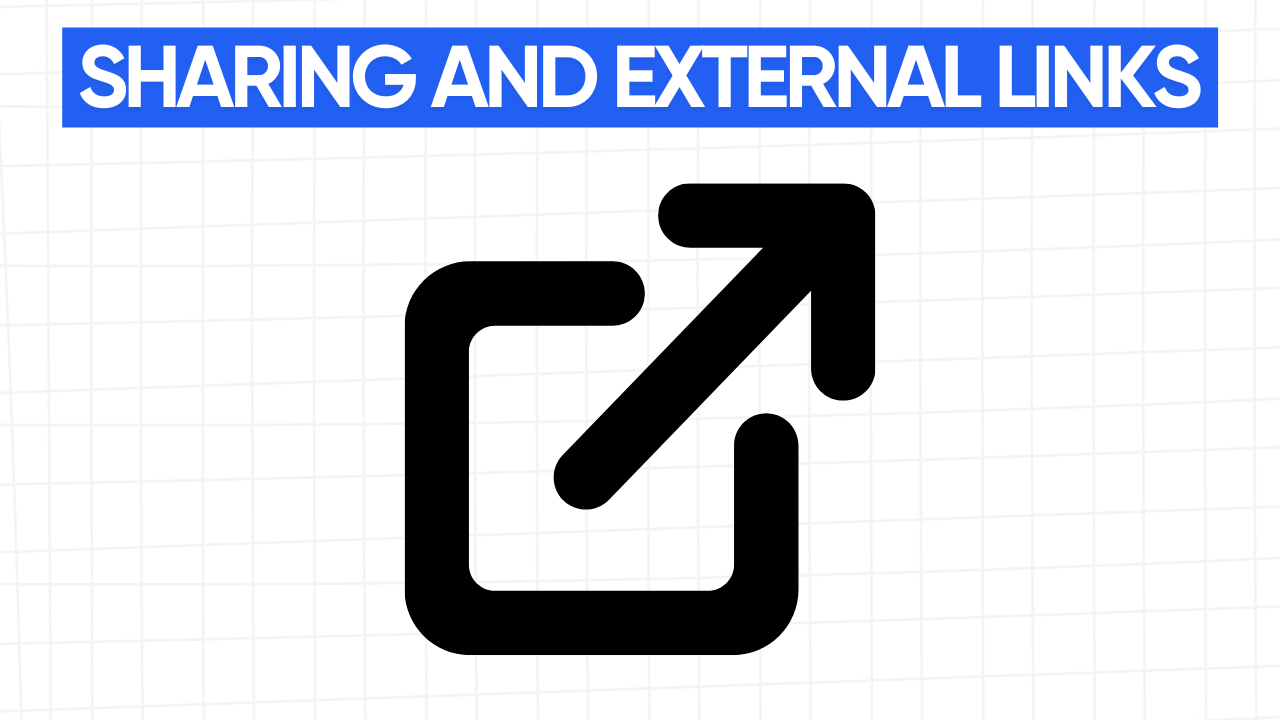
Another significant factor in the YouTube algorithm's decision-making process is how your content spreads beyond the platform.
When your videos generate external traffic from social media platforms, websites, or advertising campaigns, YouTube interprets this as a strong quality indicator, potentially boosting your video's recommendation status.
As a creator seeking to leverage external signals effectively:
- Share your content strategically across multiple social media channels to create diverse traffic sources
- Monitor which external platforms drive the highest engagement rates for your specific content niche
- Encourage viewers to share your videos through compelling calls-to-action within your content
- Build relationships with other creators or media outlets for potential cross-promotion opportunities
YouTube's algorithm particularly values these external signals because they indicate your content resonates beyond the platform's ecosystem, suggesting broader appeal and higher quality.
Strategies for Optimizing Content for the Algorithm
To optimize your YouTube content for the algorithm, you must master several key strategies that directly influence your visibility and growth.
Creating scroll-stopping thumbnails and click-worthy titles gives you the initial edge. Strategically implementing keywords, encouraging viewer engagement, analyzing performance metrics, and maintaining upload consistency will significantly boost your algorithmic favor.
You can enhance your results using tools like 1of10 to identify high-performing content patterns in your niche and adapt proven formats to your channel.
Creating Engaging Thumbnails and Titles
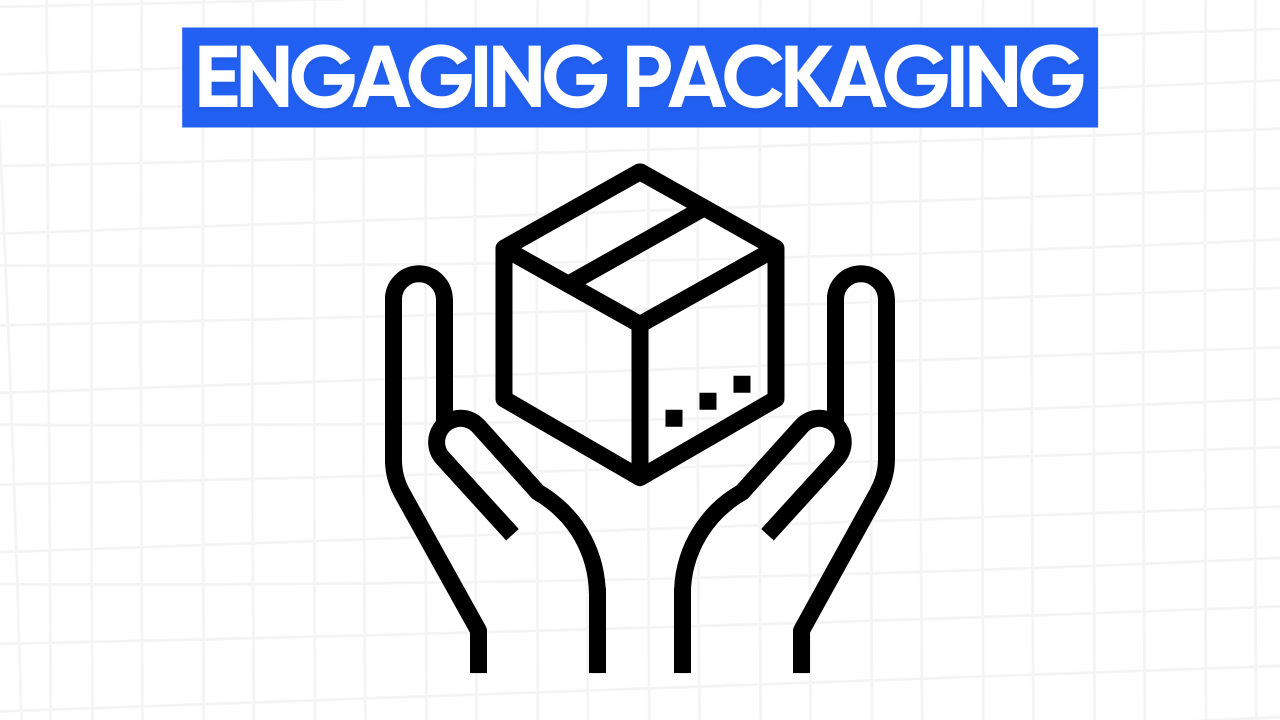
Thumbnails and titles serve as your video's first impression, acting as digital billboards that directly influence click-through rates and algorithm performance.
Study what's already working in your niche and adjacent categories to craft thumbnails and titles that generate viral engagement. The most successful creators analyze outlier videos—content that significantly outperforms channel averages—then adapt those winning formats to their topics.
For maximum impact on views:
- Use high-contrast, emotionally-charged thumbnails that spark curiosity
- Create titles with clear value propositions that leverage proven frameworks
- Test variations of successful formats rather than reinventing the wheel
- Incorporate trending topics or unexpected combinations that stand out in feeds
Remember: algorithm success begins with earning that vital first click through compelling visual and textual hooks.
Utilizing Keywords and Tags Effectively
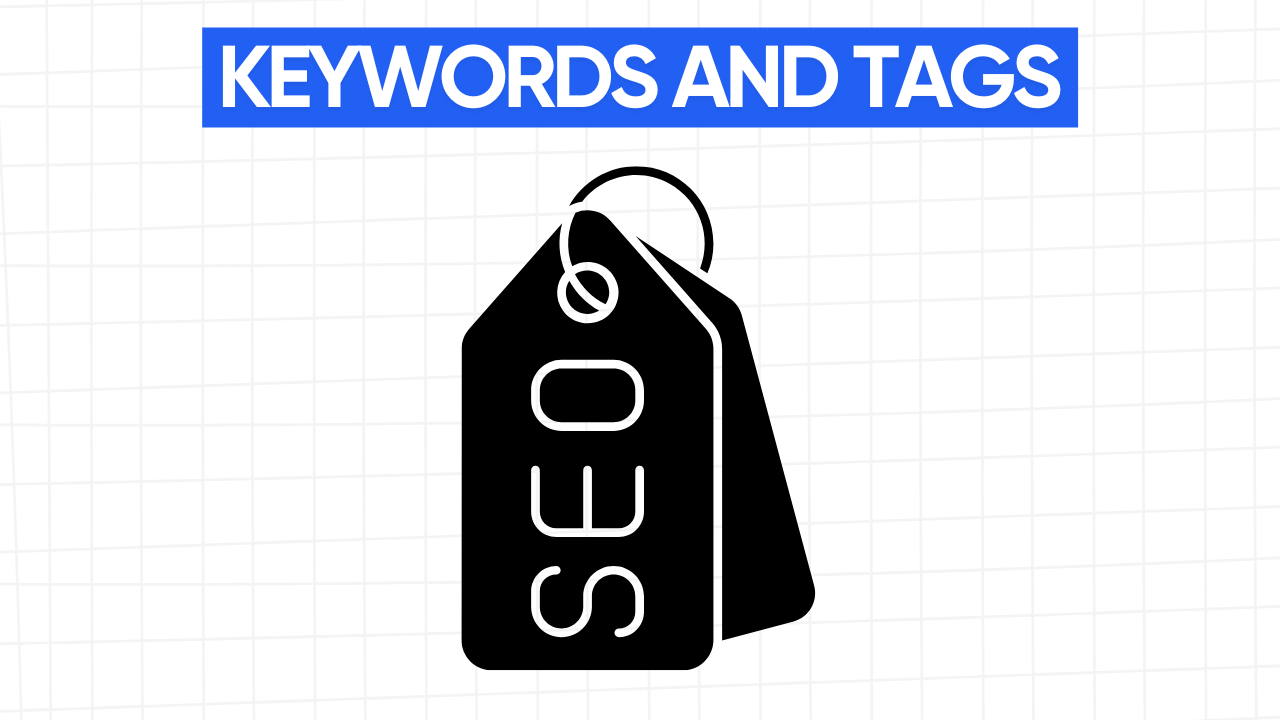
While many creators focus solely on thumbnails and titles, strategic keyword and tag implementation remains a critical foundation for algorithmic visibility on YouTube. Your tags should include specific and broad terms relevant to your content, with primary keywords at the beginning of your description and title.
Research trending keywords in your niche using tools like 1of10. This tool specializes in outlier ideation, identifying high-performing videos for maximum impact. It helps you discover video ideas that resonate with the YouTube algorithm and audience.
Remember that keyword stuffing is counterproductive—YouTube's algorithm prioritizes viewer engagement over mere keyword density. Instead, incorporate relevant terms naturally throughout your content, description, and closed captions to create a cohesive semantic framework the algorithm can easily categorize.
Encouraging Viewer Interaction and Engagement
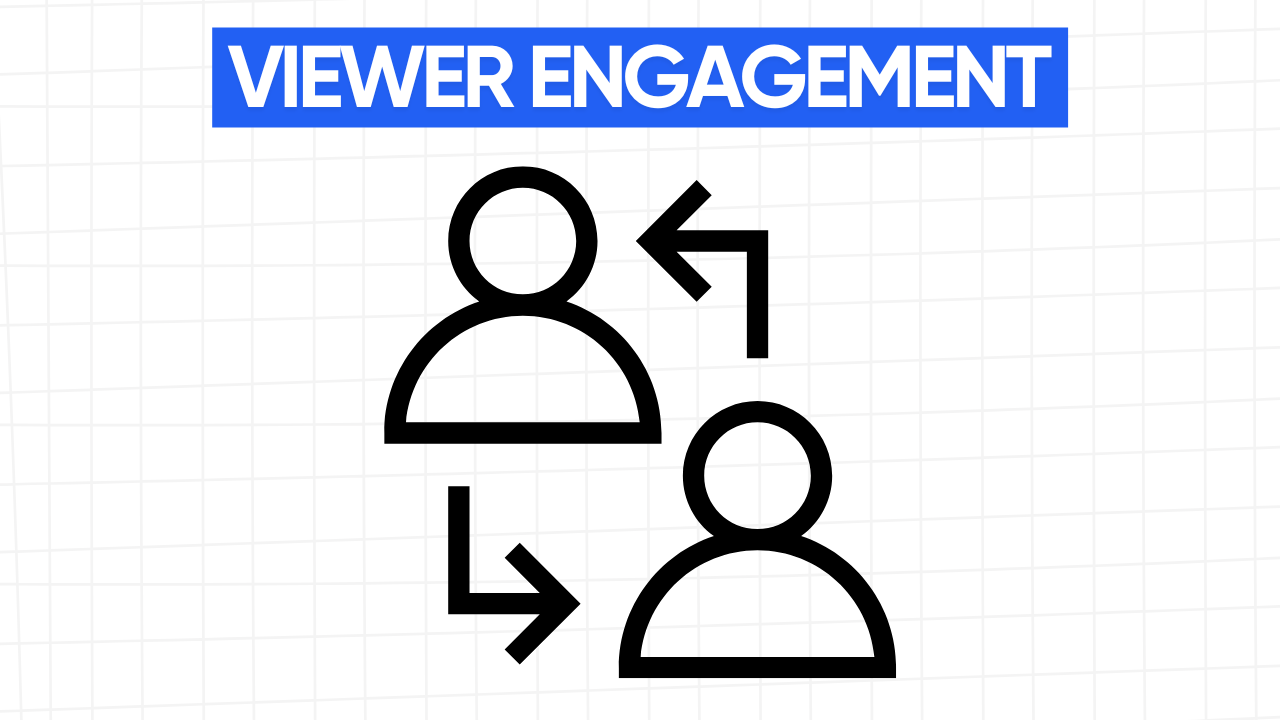
Viewer engagement signals are one of the algorithm's most influential ranking factors. YouTube heavily favors content that generates meaningful interaction.
When viewers actively engage with your content through comments, likes, and shares, YouTube interprets this as a strong indicator of quality and relevance.
To maximize engagement on your YouTube content:
- Create pattern interrupts within your videos to maintain viewer attention and prompt interactions
- Directly ask viewers questions and encourage them to respond in the comments section
- Design thumbnails and titles that drive curiosity without becoming clickbait
- Include well-timed calls to action that feel natural rather than forced
Remember that genuine engagement trumps artificial metrics—focus on creating content that naturally inspires your audience to interact rather than simply requesting engagement.
Analyzing Video Performance Metrics
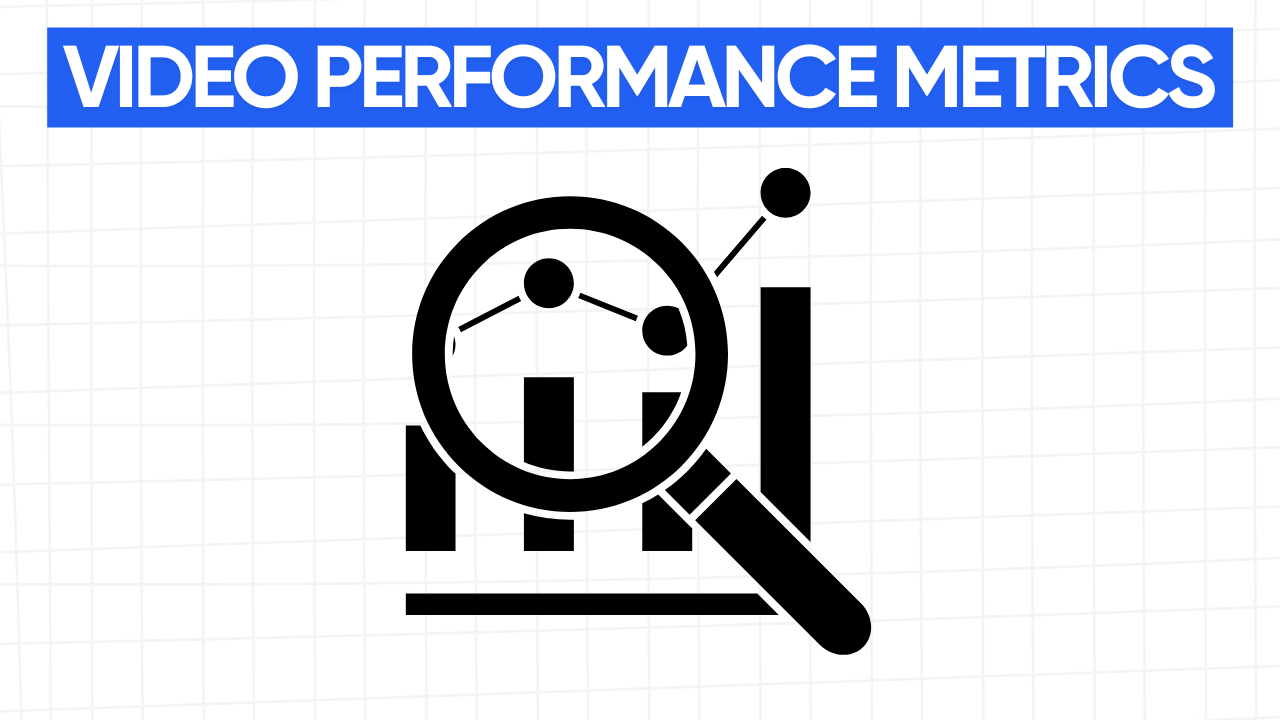
Once you've mastered engagement strategies, you'll need concrete data to refine your approach. The YouTube algorithm prioritizes videos that outperform their channel averages, making these outliers essential to understand and replicate.
Analyze key metrics, such as click-through rate, watch time, and audience retention, to identify high-performing videos within your niche.
Don't just examine your content—study successful competitors for content inspiration. Tools like 1of10 can help identify videos that markedly exceeded their channel's average performance.
The algorithm rewards patterns of success, so when you spot a format or topic generating exceptional results, adapt it to your channel's unique voice.
Remember that sustainable growth comes from consistently creating content that aligns with what the algorithm already knows viewers want.
Consistency in Upload Schedule and Content Type
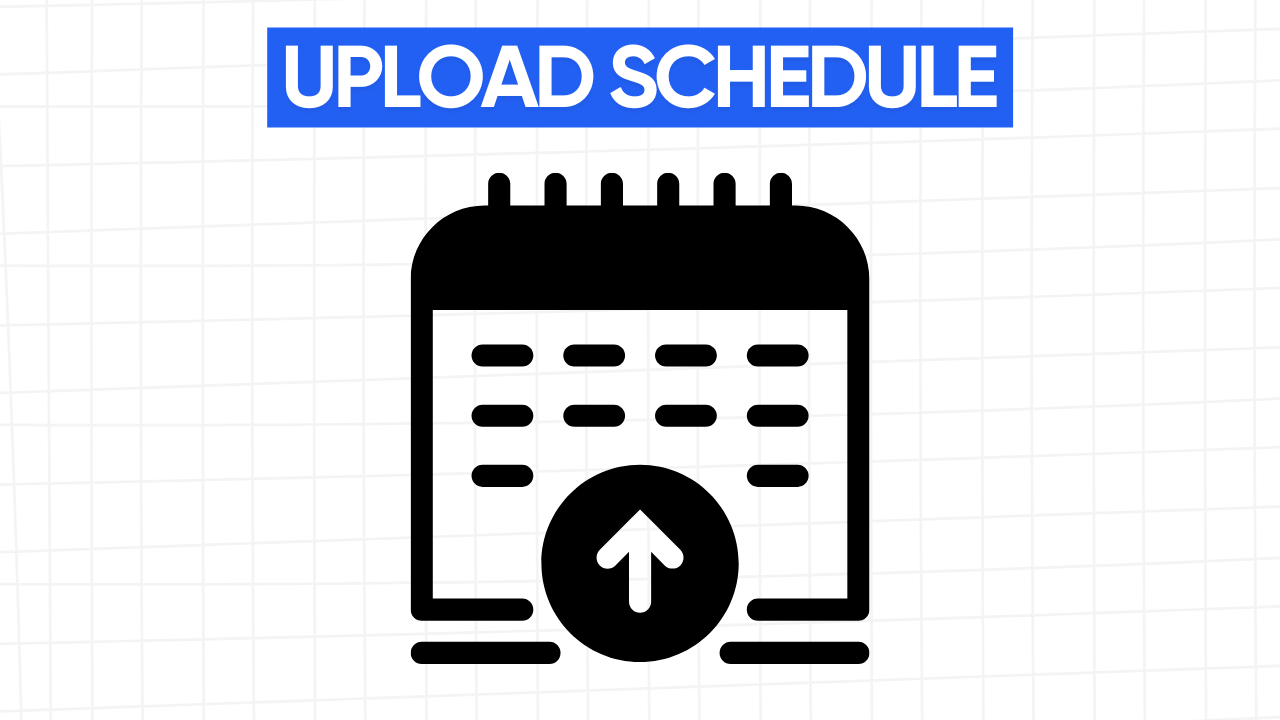
Consistency is essential in how the YouTube algorithm evaluates and promotes your content. When you maintain a predictable upload schedule and stick to related content types, the algorithm builds a clearer understanding of your channel's focus, making it easier to recommend your videos to the right audience.
- Publishing videos on specific days trains the algorithm and your viewers to anticipate new content.
- Maintaining thematic consistency helps the algorithm categorize your content accurately.
- Sudden content shifts can confuse the algorithm and temporarily reduce views.
- Strategic consistency doesn't mean repetition; it means establishing patterns the algorithm can recognize.
The most successful creators understand this balance—they deliver consistent value while incorporating enough variety to keep viewers engaged, effectively signaling to the algorithm that their content deserves promotion.
How 1of10 Can Help You Beat the YouTube Algorithm
In the current highly competitive YouTube landscape, understanding the algorithm isn't enough—you need tools that give you a strategic advantage. 1of10 provides that edge by helping you identify and leverage what's already working across the platform.
While the YouTube algorithm rewards talent and production quality, it primarily promotes content that viewers engage with. 1of10's outlier ideation approach lets you discover videos performing 3x, 10x, or even 200x above channel averages. By adapting these proven formats to your niche, you'll create content the algorithm already "knows" works.
The tool's AI Idea Generator, Tracked Channels feature, and advanced filters save you countless hours of research while dramatically increasing your chances of creating algorithm-friendly content that resonates with viewers.
Conclusion
You've now got the inside track on YouTube's algorithm. Focus on engagement metrics, quality content, and audience retention to see actual results. Remember, there's no shortcut—consistency and authenticity win in the long run. By applying these insights and partnering with 1of10, you'll navigate the algorithm more effectively and grow your channel strategically rather than chasing temporary trends.
